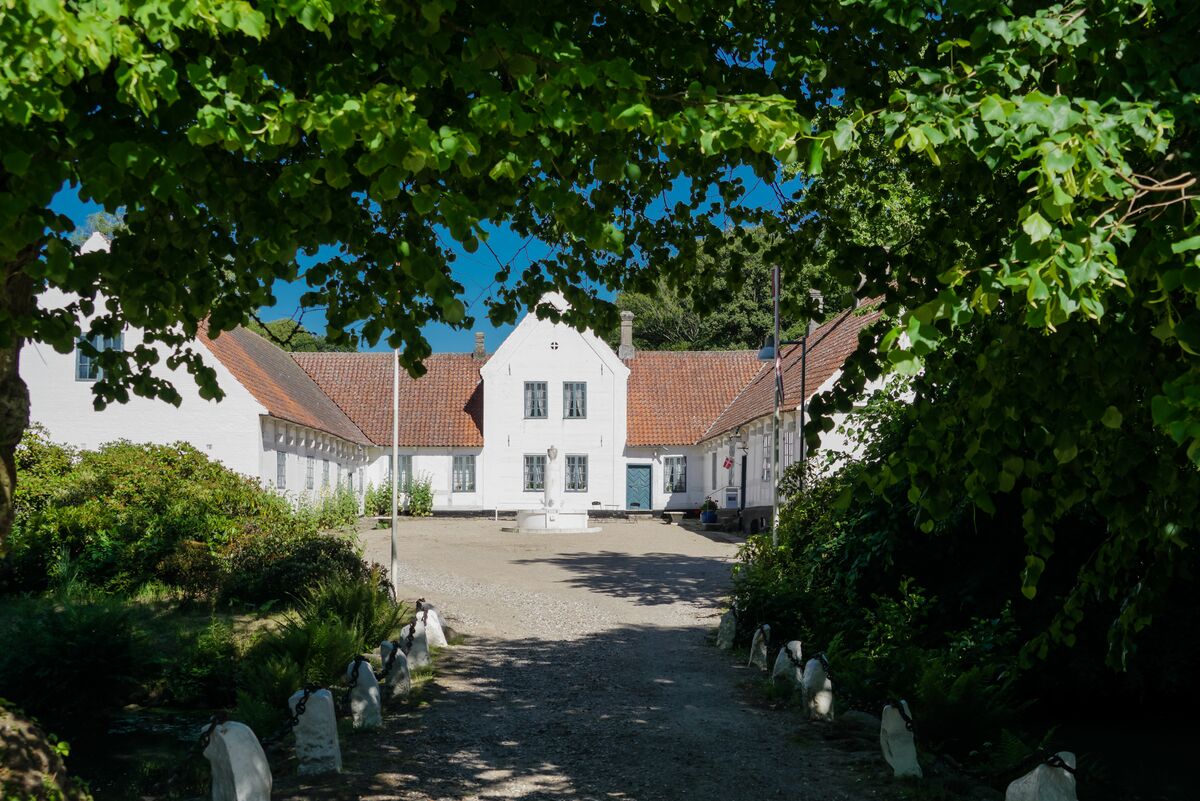The women at Bangsbo
You might say that the Danish fight for women’s rights moves like waves. At the beginning gender equality, women’s liberation and rights are not important topics, but gradually as time changes their importance grows and when the wave finally breaks they wash over the whole society, and that is the way it is today.
The primary focus in the first wave of the Danish fight for women’s rights which started from approx. 1848 to 1920 was the right to be seen as individuals – not just as appendages to men or as breeding machines for the next generations.
Women wanted equal possibilities for work and education. In the 19th century women admittedly were allowed to work in the fields, as housemaids or take whatever jobs there were in industry but they were not allowed to the greater part of educations or jobs in the public sector.
The husband managed the money for housekeeping; he had power over the whole family – including his wife. To a large extent married women were treated like children. Women were looked upon as inferior to men and therefore the first wave of the Danish fight for women’s rights focused on the fact that women were not inferior to men by nature but deserved equal rights and recognition from the whole society.
There were women from the bourgeoisie such as Eva Drachmann, Betty Nansen and Agnes Slott-Møller and from the lower social classes such as Ms. Eggers and Abelone (Laura Christine Jensen).
They all had in common that they were strong women who did not accept the social standards they were subjected to and therefore they were part in promoting the fight for rights.

